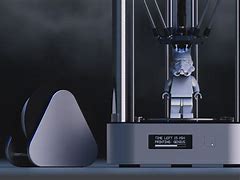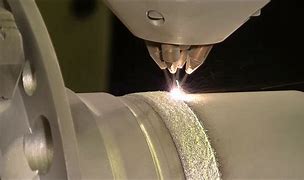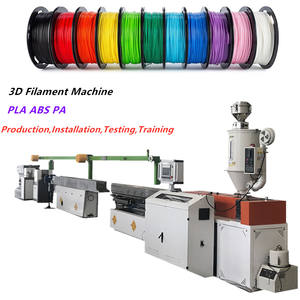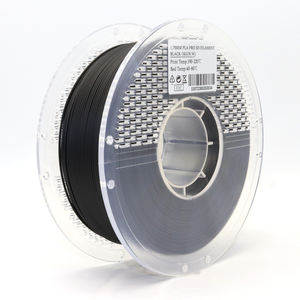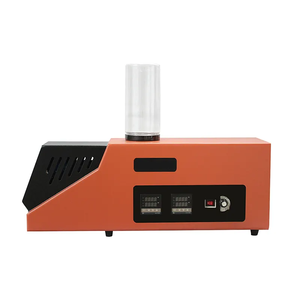Discover a professional 3D printing powder supplier
(Dental Details: Obtaining Accurate Tooth Images for 3D Printing)
Tooth Sleuths: How 3D Printing Gets the Dirt on Your Molars
(Dental Details: Obtaining Accurate Tooth Images for 3D Printing)
Getting a perfect 3D-printed tooth isn’t magic. It starts with a clear picture of your chompers. Think of it like solving a mystery. Dentists need clues—super-detailed images of your teeth—to build a replica that fits snugly. But how do they capture those tiny ridges and grooves hiding in your mouth? Let’s break it down.
First, forget blurry smartphone selfies. Modern dentistry uses tools that are way cooler. Intraoral scanners are the star players. These wand-like devices snap thousands of pictures inside your mouth. They work like mini-cameras on a mission, stitching images together into a 3D map. No goopy molds, no waiting. Just a quick sweep, and boom—your tooth’s digital twin is ready.
But even the best gadgets hit snags. Teeth aren’t always cooperative. Shadows from cheeky molars or a tricky bite can mess with the scan. Saliva loves photobombing. A speck of dust on the lens blurs the details. That’s why dentists play detective. They clean teeth first, dry the area, and sometimes use powder spray to highlight grooves. Every step is about outsmarting obstacles to grab crystal-clear data.
Once the scan’s done, the real fun starts. Software takes over, turning images into a 3D model. This isn’t just a shape—it’s a blueprint. The software checks measurements down to the micron. A single error here could mean a crown that wobbles or a bridge that doesn’t sit right. Precision matters. The model gets tweaked until it’s flawless, ready for the printer.
3D printers don’t use regular ink. They layer resin or ceramic, hardening each slice with lasers or UV light. The result? A tooth replica that matches your mouth’s unique landscape. But the printer can’t fix a bad scan. Garbage in, garbage out, as they say. A blurry image means a lumpy tooth. That’s why the scanning step is non-negotiable.
Dentists aren’t the only ones benefiting. Clear scans cut down on guesswork for labs making implants or braces. Faster turnaround, fewer redos. Patients skip multiple fittings. One good scan can handle everything from crowns to night guards. It’s like a Swiss Army knife for dental tech.
Still, challenges pop up. Kids squirm. Adults gag. Some teeth are tucked so far back, the scanner can’t reach. Old fillings or cracks throw off the scan’s accuracy. Tech helps, but human skill fills the gaps. A seasoned dentist knows how to angle the wand, adjust the lighting, or calm a nervous patient. It’s a mix of art and science.
What’s next? Scanners keep getting smaller, faster, smarter. AI might soon spot issues the human eye misses. But the core idea stays the same: better images mean better teeth. Whether it’s fixing a cavity or crafting a Hollywood smile, it all starts with nailing that perfect shot.
(Dental Details: Obtaining Accurate Tooth Images for 3D Printing)
So next time you’re in the chair, remember—those little scans are big deals. They’re the unsung heroes behind comfy crowns and invisible aligners. No drama, no fanfare. Just quiet teamwork between tech and touch, making sure your smile stays click-worthy.Inquiry us if you want to want to know more, please feel free to contact us. (nanotrun@yahoo.com) hot tags: 3d printing,3D printiner,3d printing material
(Dental Details: Obtaining Accurate Tooth Images for 3D Printing)

